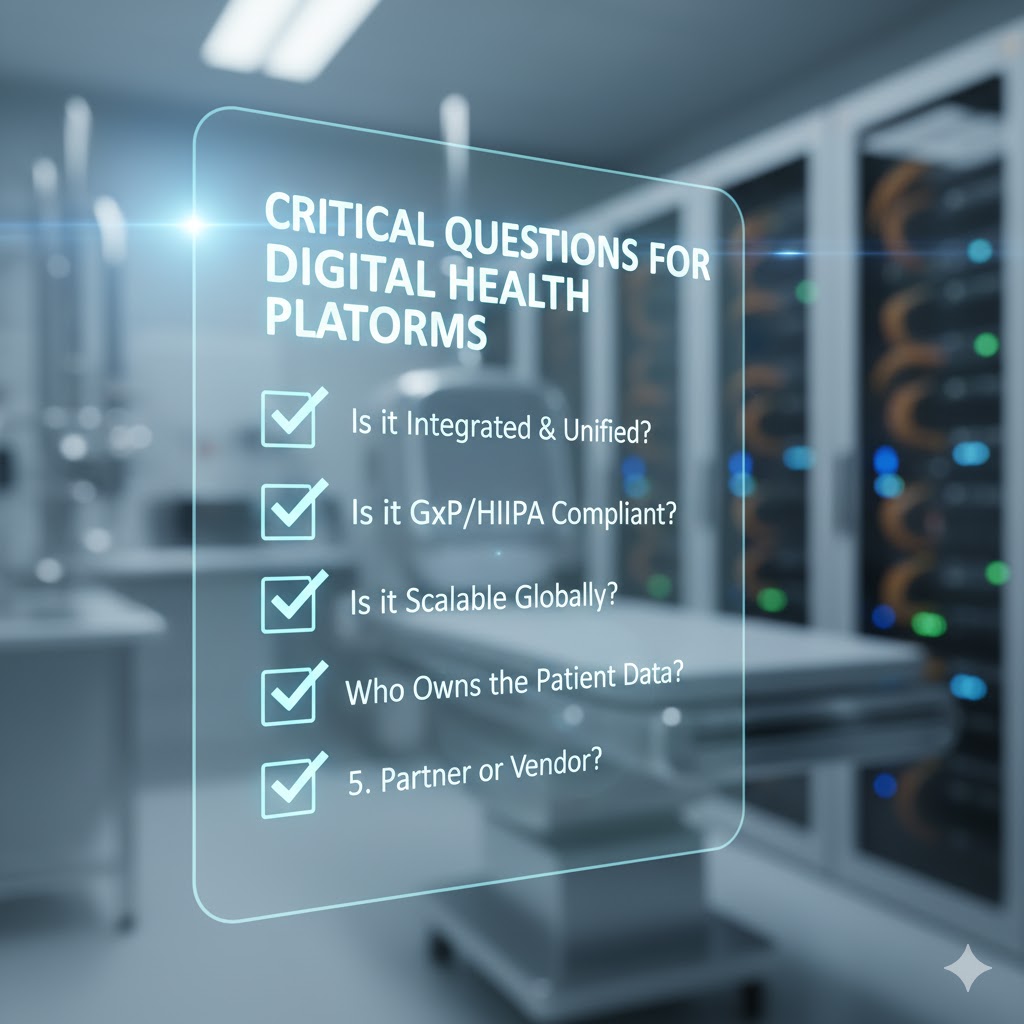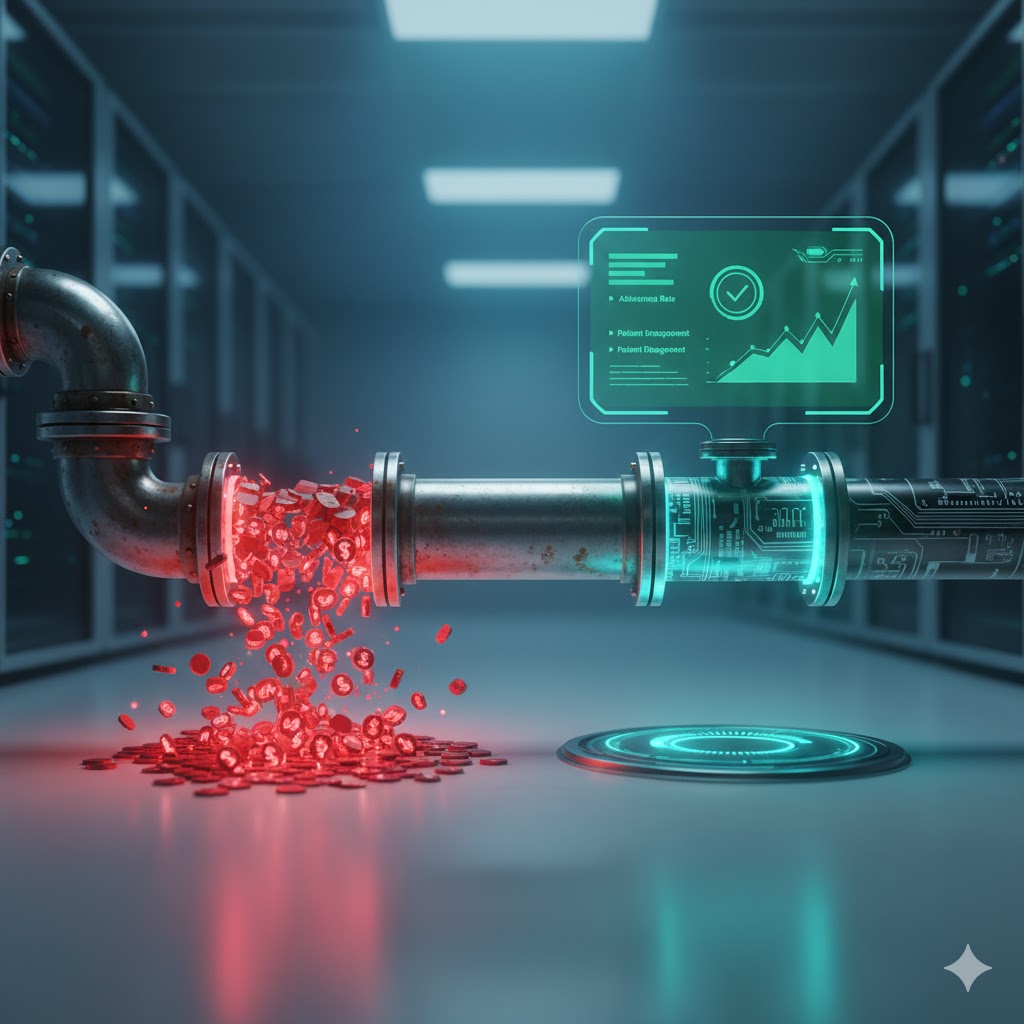How to Run a Clinical Trial on a Budget: Tools and Cost-Saving Tips
Running a clinical trial is a complex and costly endeavor—but it doesn’t have to break your budget. Whether you’re a small biotech, academic researcher, or investigator leading your first study, there are practical ways to reduce costs while maintaining data integrity and regulatory compliance.
This guide outlines the major cost drivers in clinical research, along with tips, tools, and real-world examples to help you run lean, efficient trials.
Understanding the Cost Drivers of Clinical Trials
Before you can save, it helps to know where the money goes. Major expenses in a clinical trial typically include:
- Site startup costs: IRB/ethics review fees, contract negotiation, site training
- Participant recruitment and retention: Advertising, travel reimbursement, engagement tools
- Data management and monitoring: EDC platforms, CRAs, data cleaning
- Technology infrastructure: eConsent, CTMS, ePRO, eTMF
- Personnel: Study coordinators, PIs, medical monitors, statisticians
- Regulatory compliance: Documentation, SOPs, quality audits
Each of these areas presents opportunities to reduce or optimize spending.
How to Prioritize Spending
Not everything in a trial budget carries the same weight. When money is tight:
- Prioritize participant safety, data quality, and compliance above all else
- Invest in tools that save time and reduce rework, like validated EDC systems
- Avoid overengineering: Start small and scale up only as needed
- Use flexible vendors that offer modular pricing and all-in-one platforms
A lean trial isn’t about cutting corners—it’s about spending strategically.
Cost-Saving Strategies for Trial Operations
Here are proven strategies for keeping your trial costs under control:
- Choose a cloud-based EDC with built-in eConsent, query management, and reporting tools
- Limit the number of sites to a few high-enrolling, well-supported locations
- Leverage remote monitoring to reduce CRA travel and site visit costs
- Use digital recruitment channels, such as social media ads and prescreening surveys
- Simplify your protocol to reduce screen failures, dropout, and complexity
- Automate routine tasks like visit scheduling and email reminders
Tools That Help You Run Lean Trials
A smart tech stack can save you thousands without sacrificing quality:
- EDC platforms with no-code builders that let you launch quickly and cheaply
- Affordable eConsent platforms or built-in modules within your EDC
- Lightweight eTMF or document tools like Google Workspace, Dropbox, or Notion (for academic use)
- Integrated platforms that eliminate the need for multiple vendors
- Project management tools like Trello, Slack, or Asana to streamline team communication
Choose vendors that specialize in smaller sponsors or academic researchers—they tend to offer more flexible pricing.
Case Examples of Cost-Conscious Trial Design
- Academic registry study: A university team launched a disease registry using a cloud-based EDC with built-in surveys, avoiding a six-figure custom portal build.
- Biotech Phase 1 trial: A sponsor used a single high-enrolling site and eConsent to reduce travel and training costs by over 50%.
- Rare disease study: The study team used Facebook groups and online communities to recruit participants at a fraction of the cost of traditional advertising.
Funding Sources and Budget Planning Tips
Even a lean trial needs proper planning and financial support. Consider:
- NIH grants and foundation funding: Ideal for academic and non-profit studies
- Industry partnerships: Sponsors or vendors may co-fund for access to data or publications
- Budget templates: Break down costs by milestone and category
- Tracking tools: Google Sheets, Excel, or simple budgeting software
- Build a contingency fund: Aim for 10–15% of the total budget for unexpected issues
- Negotiate with vendors: Ask for startup discounts or bundled pricing
Common Mistakes That Drive Up Trial Costs
Avoid these pitfalls that can sabotage your budget:
- Overbuilding technology before confirming enrollment or workflow needs
- Failing to track the budget in real time—small overruns add up quickly
- Rushing through study startup without finalizing SOPs or training
- Adding unnecessary procedures that increase site workload and participant burden
- Neglecting patient engagement, which leads to higher dropout and re-recruitment costs
Key Takeaways
- Running a clinical trial on a budget is possible with the right tools and planning
- Focus on simplicity, compliance, and participant experience
- Use cloud-based platforms and digital workflows to save time and money
- Start small, stay lean, and scale strategically when needed
Frequently Asked Questions (FAQs)
1. What is the cheapest way to run a Phase 1 study?
Use a single, experienced site with built-in lab capabilities and a simple EDC platform.
2. Can I run a trial without a CRO?
Yes—especially for smaller or observational studies. But you’ll need internal resources or a tech-enabled partner.
3. What low-cost tools are available for academic studies?
Look for academic licenses for EDC, REDCap, Google Workspace, and free eConsent options.
4. How do I ensure regulatory compliance on a small budget?
Choose validated, GCP-compliant platforms and follow documented SOPs. Focus on training and audit readiness.





